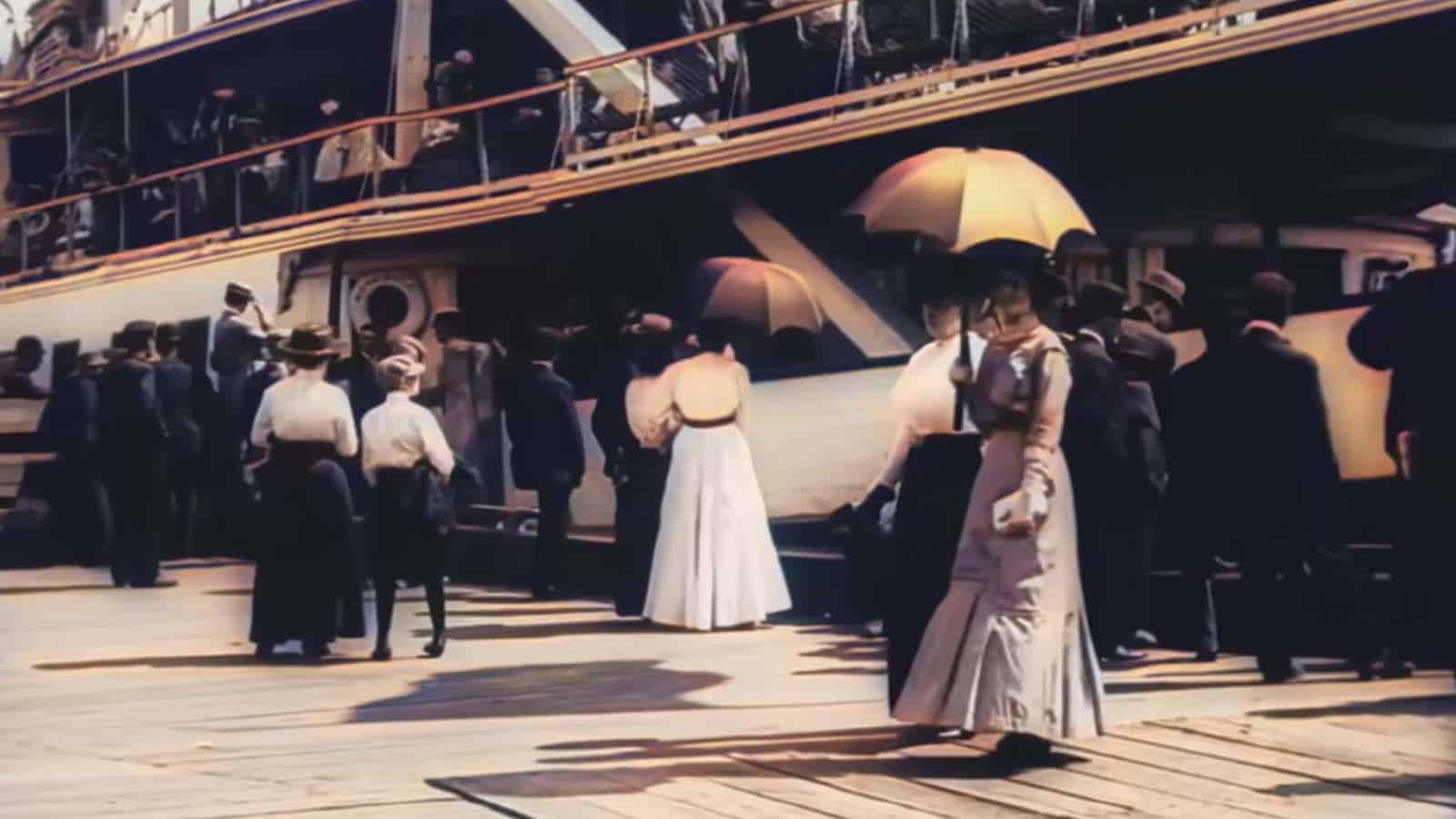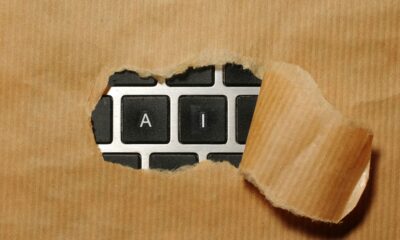AI
Some historians are unhappy that old video footage is being upscaled to 4K
Historians believe the footage is not always an accurate portrayal of what it was like when the footage was first recorded.

Just a heads up, if you buy something through our links, we may get a small share of the sale. It’s one of the ways we keep the lights on here. Click here for more.
Last week, I wrote a piece showing the unique work some YouTubers are doing to bring new life to old video footage. Today, I’m going to give the other side of that argument. We’re going to talk about the historians who want them to stop. Either because I like to present both sides of a debate, or because I’ll have a kick-off about anything. Even if the argument is with myself. I’m going with the latter, to be honest.
Anyway, as we’ve already seen, the work that these channels do is nothing short of spectacular. Neural Networks and Deep Learning used AI to give us a full-color look at San Francisco in the 1940s. Gdansk-based Denis Shiryaev uses his channel as a showcase for his company Neural Love, and upscaled the world’s oldest video footage, filmed in 1888, from 12 to 60fps.
It’s always a vivid look into the past, and something we wouldn’t usually be able to see without a DeLorean and a flux capacitor.
Making the old feel new

Image: YouTube
A lot of the time, feedback is positive. Elizabeth Peck, one of Shiryaev’s colleagues at Neural Love believes “it brings you more into that real-life feeling of, ‘I’m here watching someone do this’, whereas before you’re looking more at something more artistic or cinematic.”
It’s not technically restoration though. It’s enhancement. The removal of scratches, noise, dust, and other imperfections is done via neural networks. It’s a best-guess estimation based on what’s present in the film. Which, in the eyes of some historians, creates a whole set of new problems.
Criticizing the colorization
Speaking to Wired, Emily Mark-FitzGerald, Associate Professor at University College Dublin’s School of Art History and Cultural Policy said that “the problem with colourisation is it leads people to just think about photographs as a kind of uncomplicated window onto the past, and that’s not what photographs are.”
Her worry is that while neural networks and open source programs like DeOldify can make photographs look amazing, they may not give a true representation of what’s being presented. “I look at them and think, oh, wow, that’s quite an arresting image,” she says. But obviously, that’s just a first impression. Mark-FitzGerald goes on to explain “my next impulse is to say, ‘Well, why am I having that response? And what is the person who’s made this intervention on the restoration actually doing? What information has this person added? What have they taken away?”
Criticism of colorized footage isn’t a new thing either. Writing in 2018, Luke McKernan, lead curator of news and moving images at the British Library, pulled apart the 2003 television series World War I in Colour. He explained that “the authentic colour could not be digitally deduced from the monochrome,” before going on to say it was “very pretty sometimes, but quite untrue.”
Neural Love has never claimed to be perfect, though. Their site specifically says, “while not historically accurate, the colorization appears natural.” Their tools are simply a way to make old, stuttery footage and imagery feel contemporary.
The original videos still exist, of course, they haven’t been lost to the ages just yet. But it’s a little bit like Disney. While live-action remakes are a thing of beauty to see, some people think the best way to look at things is from the original perspective.
What do you think? Do you agree with the arguments outlined in this article? Let us know down below in the comments or carry the discussion over to our Twitter or Facebook.
Editors’ Recommendations:
- Someone on Reddit used neural networks to enhance an 1896 film to 4K 60 FPS and it’s wild
- Forget video deepfakes, audio-only deepfakes are now a very real threat
- Elon Musk’s Neurolink will push music directly into your brain
- Journey to hell in this deepfake video featuring the Full House cast and Nick Offerman





























